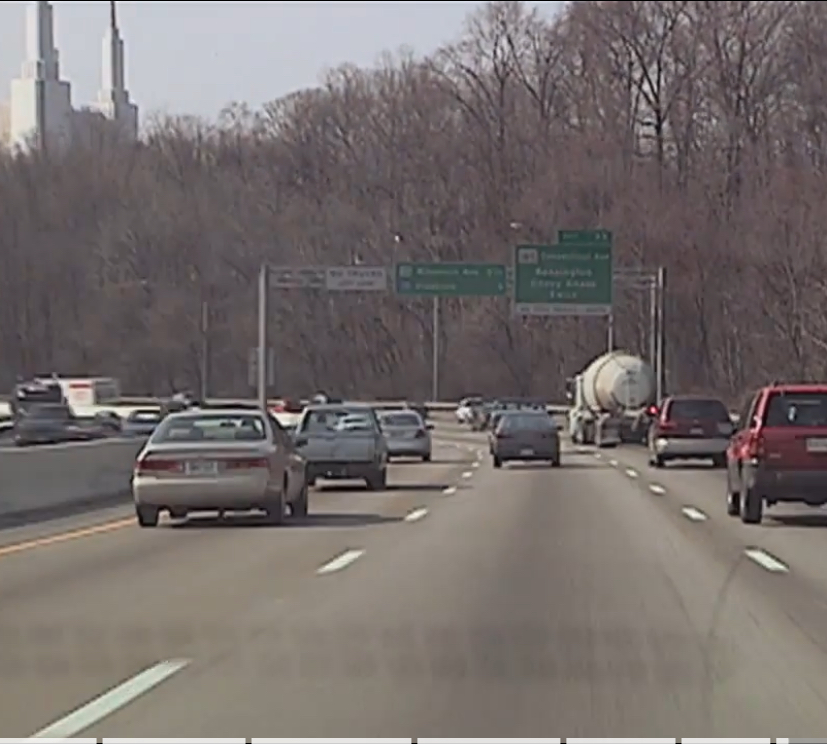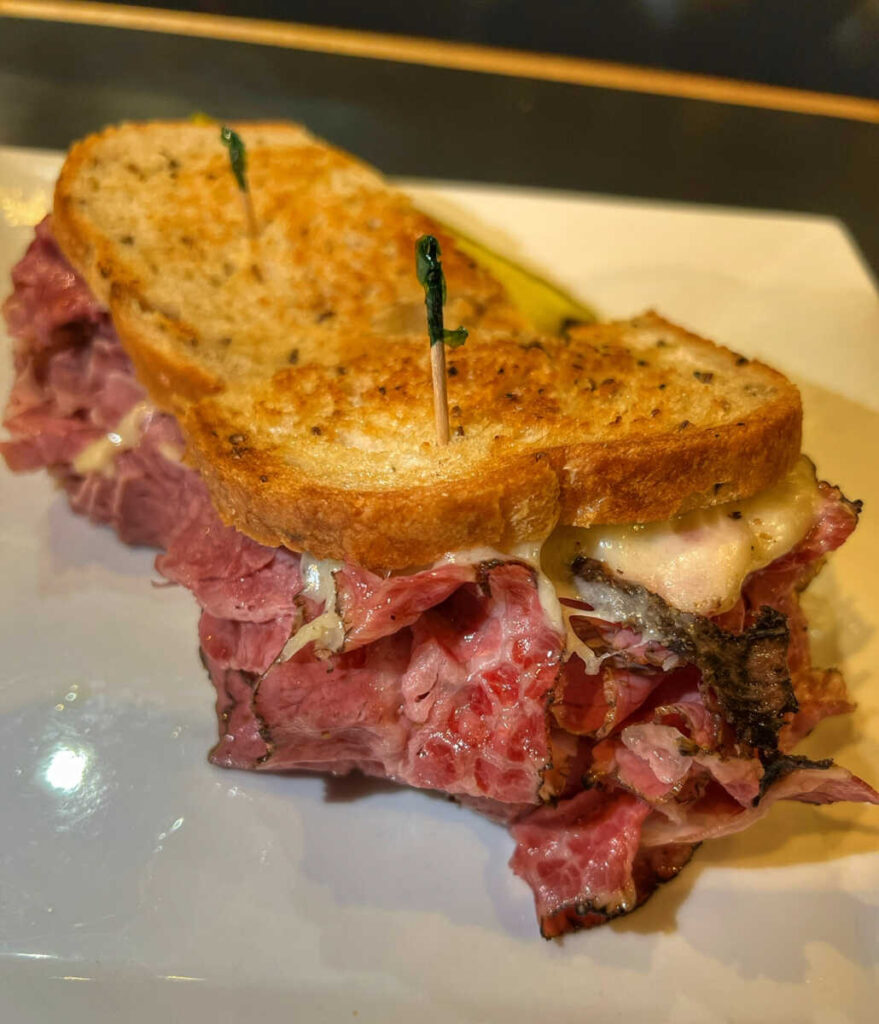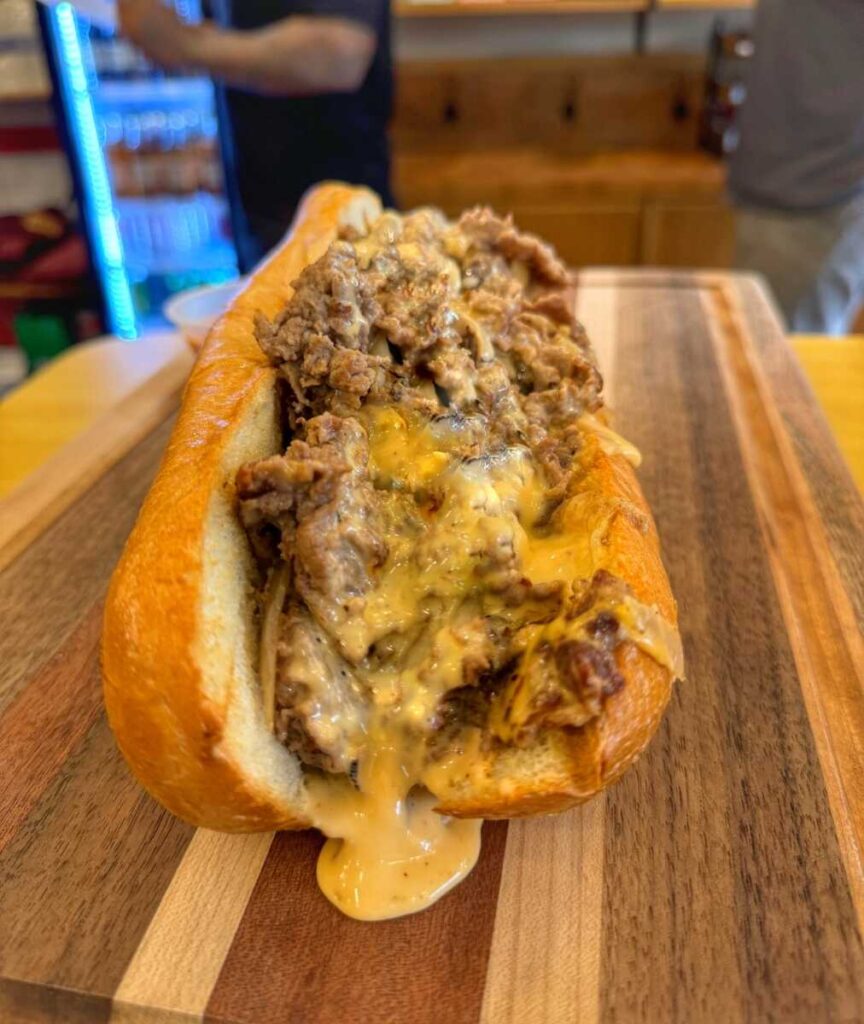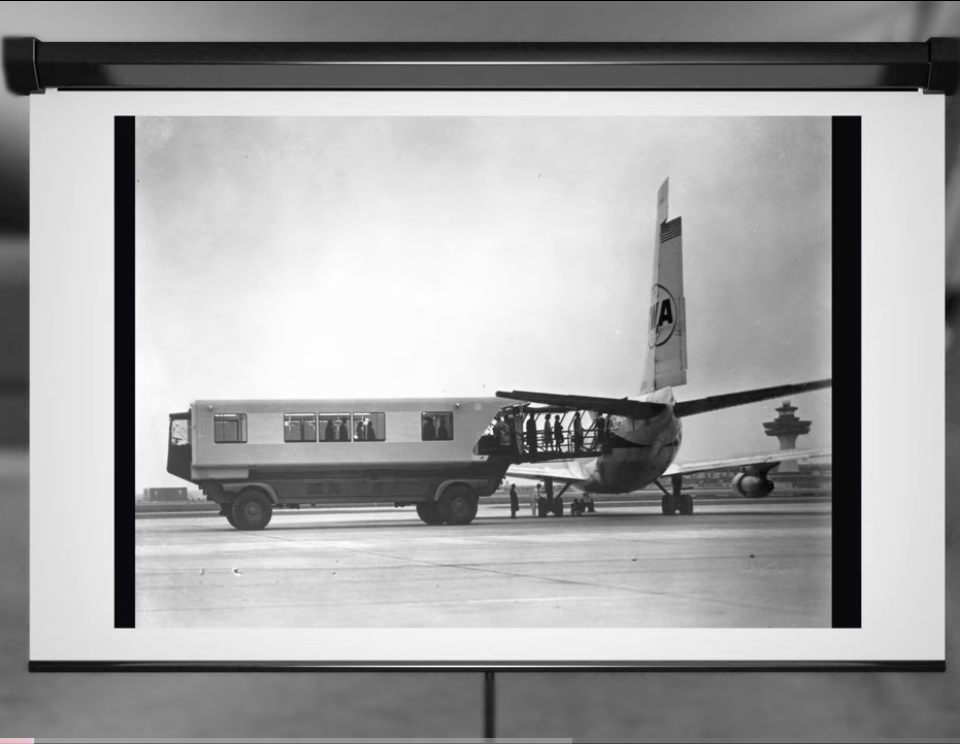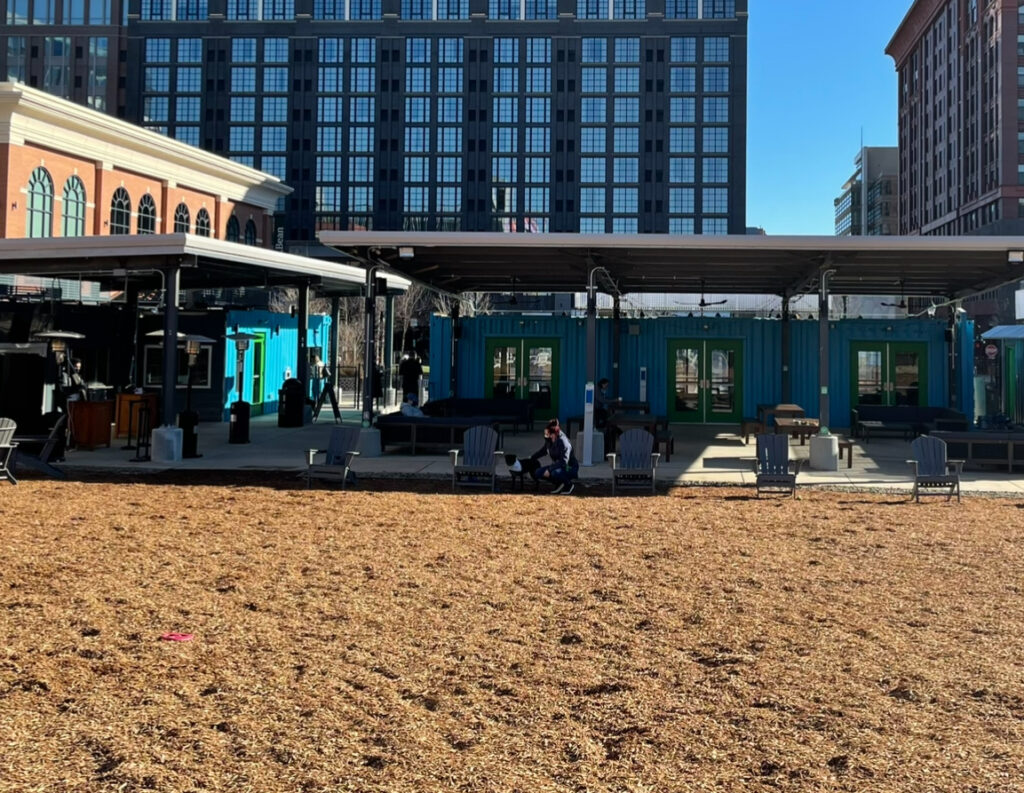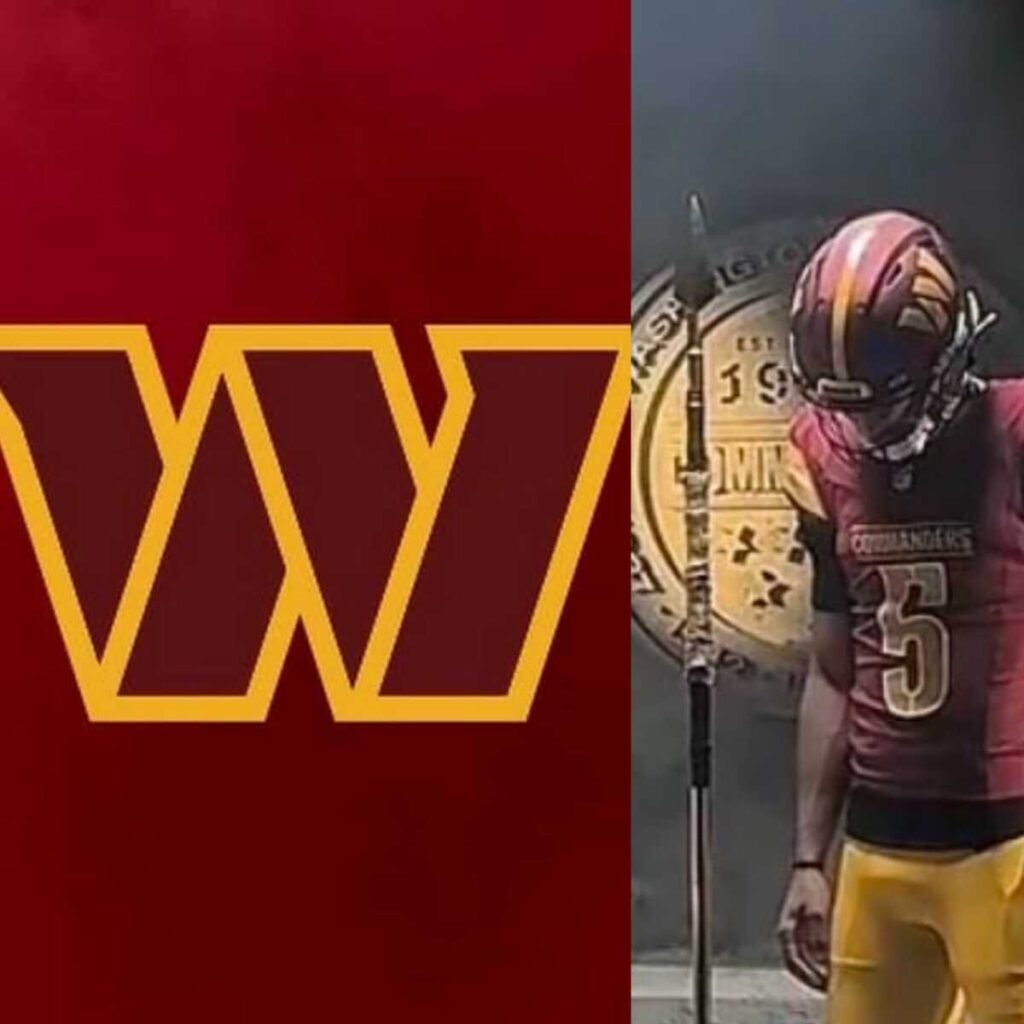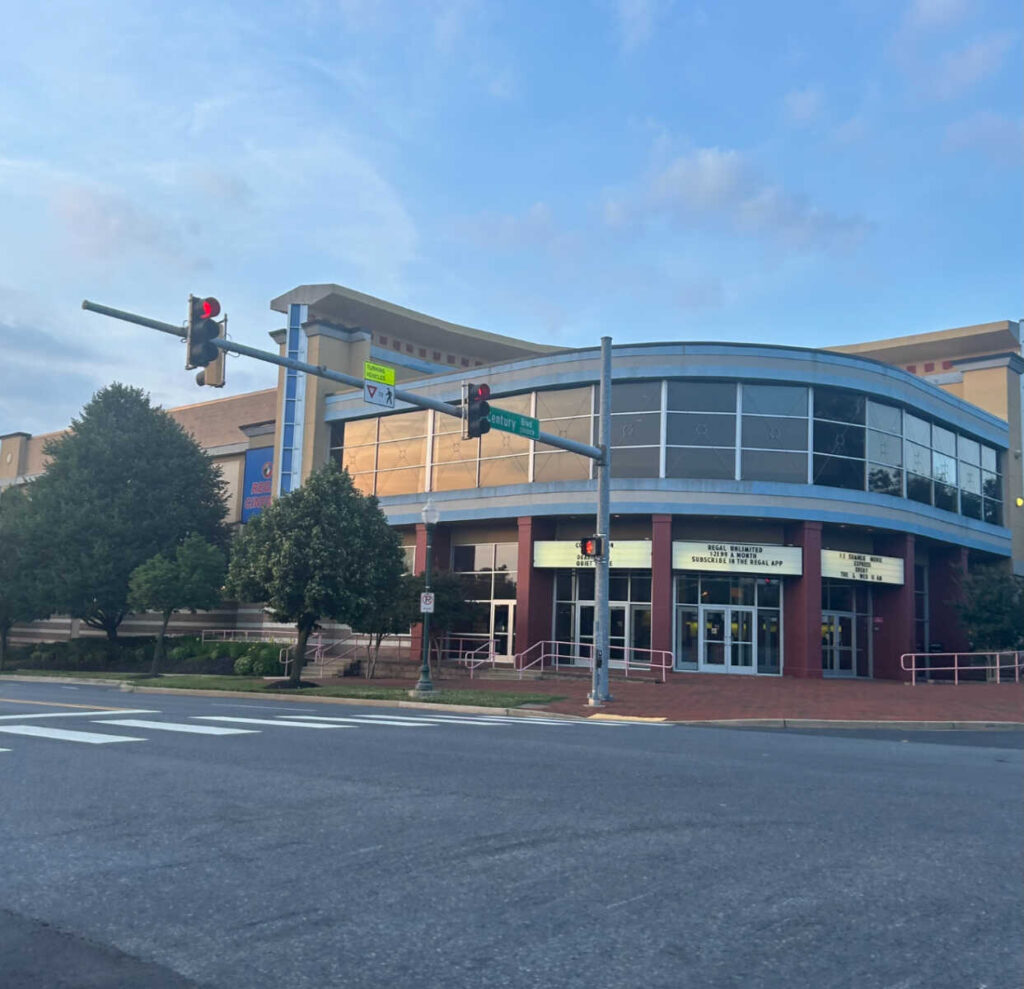The Capital Beltway, officially designated as I-495, is a major highway that encircles Washington DC and its inner suburbs in Maryland and Virginia. When you’re driving on the Beltway, you’ll often hear references to the “inner loop” and the “outer loop.” These terms simply describe the direction of travel around the circular highway. Below, we explain what they mean.
Imagine the Beltway as a giant clock face. The inner loop refers to the lanes of traffic that are moving in a clockwise direction around the core of the metropolitan area. If you’re on the inner loop, you’re generally heading towards destinations that are “inside” the circle, closer to downtown DC. For example, if you’re traveling from Northern Virginia towards College Park, Maryland, you would likely be on the inner loop.
Conversely, the outer loop refers to the lanes of traffic moving in a counter-clockwise direction around the metropolitan area. If you’re on the outer loop, you’re generally heading towards destinations that are “outside” the circle, away from downtown DC. So, if you were traveling from Silver Spring, Maryland, towards Tysons Corner, Virginia, you would typically be on the outer loop.
It’s meant to be an easy way for drivers and traffic reporters to indicate the direction of travel without having to list specific compass points, which can be confusing on a circular road. For some, it makes it a lot easier while others have shared that they’ve lived here for decades and still don’t understand the meaning.
